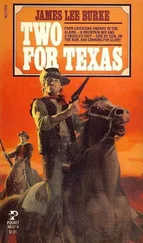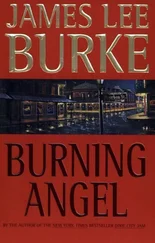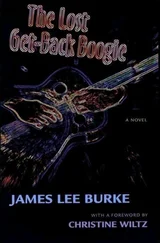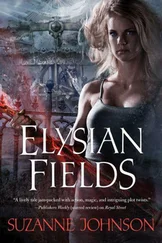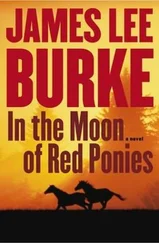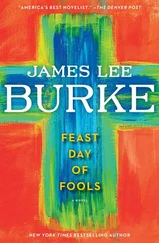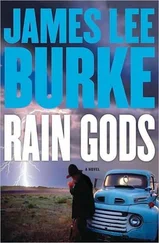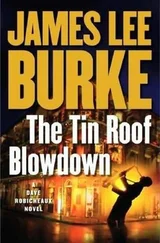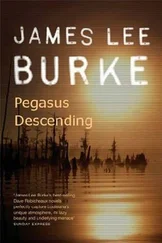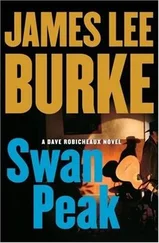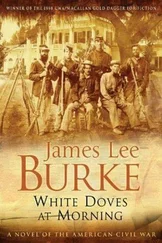And how about the suicide of Theodosha’s psychiatrist? If she was his regular patient, why wasn’t her case file in his records?
I long ago became convinced that the most reliable source for arcane and obscure and seemingly unobtainable information does not lie with government or law enforcement agencies. Apparently neither the CIA nor the military intelligence apparatus inside the Pentagon had even a slight inkling of the Soviet Union’s impending collapse, right up to the moment the Kremlin’s leaders were trying to cut deals for their memoirs with New York publishers. Or if a person really wishes a lesson in the subjective nature of official information, he can always call the IRS and ask for help with his tax forms, then call back a half hour later and ask the same questions to a different representative.
So where do you go to find a researcher who is intelligent, imaginative, skilled in the use of computers, devoted to discovering the truth, and knowledgeable about science, technology, history, and literature, and who usually works for dirt and gets credit for nothing?
After lunch I drove to the city library on Main and asked the reference librarian to find what she could on Junior Crudup.
She looked thoughtfully into space. She had a round face and wore glasses with pink frames and parted her hair down the middle. “I have a history of blues and swamp pop here. That might be helpful,” she said.
“I’ve already used that. This guy disappeared from Angola about 1951. There’s no record anywhere of what happened to him.”
“Wait here a minute,” she said.
I watched her moving around in the stacks, sliding a book off a shelf here and there, then clicking on a computer keyboard. A few minutes later she waved for me to join her at a back table, where she had spread open several books that contained mention of Junior Crudup.
“I looked at those already, I’m afraid,” I said.
“Well, there’s a photographic collection in Washington, D.C.” that might be worth looking at,” she said.
“Pardon?”
“In the forties and fifties a photographer who once worked with Walker Evans photographed convicts all over the South. He had a penchant for black musicians. He tracked some of their careers for decades. There are hundreds of photographs in his collection.”
“Is he still alive?”
“No, he died twenty years or so ago.”
“How do we get a hold of the collection?”
“All the ones he took of Crudup or of Louisiana prisons are downloading and printing right now. You need anything else?”
The photographs were stunning, shot with grainy black-and-white film in Jim Crow jails and work camps, when the convicts still wore stripes and the hacks carried lead-weighted walking canes and made no attempt to hide the spiritual cancer that lived in their faces. Nor was there any attempt to hide the level of severity and privation that characterized the lives of the prisoners in the photographs. In each photo the camera caught an image or a detail that left no doubt in the viewer’s mind about what he was seeing: a wheeled cage tiered with bunks parked inside a swamp; a convict sitting in the bottom of a wood sweatbox, a forced grin on his face, a waste bucket by his foot; a work gang assembled at morning-bell count, while in the background two men tried to balance themselves barefoot atop a case of empty pop bottles; a mounted gun bull in a cowboy hat framed against a boiling sun, his arm pointed, yelling a command at a convict pulling a fourteen-foot cotton sack behind him.
It was called stacking time on the hard road.
But in each of the photographs the reference librarian had downloaded, Junior Crudup was obviously the odd piece in the puzzle box, regardless of his surroundings. In a ditch with a dozen other convicts, he was the only light-skinned man, the only one with an etched mustache, and the only one to look directly into the camera. His eyes were clear, his face marked by neither resentment nor grandiosity. I suspected he was one of those for whom the gun bulls did not have a category, which would not have been good news for Junior Crudup.
But some of the photographs were taken outside of prison. One showed him with Leadbelly, the two of them laughing at a joke in front of what appeared to be a practice session of Cab Calloway’s orchestra. Another showed him at a crowded table in a supper club, a beautiful black woman in a pillbox hat and polka-dot organdy dress, with an orchid pinned to her shoulder, seated next to him. Everyone in the picture was grinning at the camera, except Junior Crudup. He was dressed in a tuxedo, his tie pulled loose, a cigarette trailing a line of smoke from between two fingers. There was a half grin on his mouth, his eyes focused on a neutral spot, as though he were not entirely connected to the environment around him.
I got a manilla envelope from the reference librarian and began slipping the printouts of the photos inside it. Then a detail in the last photo caught my eye and made me pull it back out. The photo was far less dramatic than the others and showed eight or nine convicts in denims, not stripes, plowing under cane stubble with mules in a sugarcane field that sloped down to a bayou.
An obese white man in a straw hat, with a dough like face and a shotgun propped on his thigh, was watching them from atop his horse. Junior was staring up at the gun bull a hoe at an odd angle over his shoulder, his face puzzled, as though he had just been told something that made no sense. It was wintertime and the bayou was low, the roots of the cypress trees exposed along the banks. A stump fire was burning on the edge of the field, the smoke drifting like a dirty smudge across the sun. Across the bayou, on the edge of the picture, was the back of a Victorian home that had obviously been built to resemble a steamboat.
The home of Castille LeJeune.
A half hour later I rang the bell on his front porch, without having called or gone through his corporate office in Lafayette. “I thought you might be interested in this photo. According to the cut line on it, it was taken in 1953,” I said when he opened the door.
His eyes dropped to the photo briefly but he did not take it from my hand. “Mr. Robicheaux, how nice of you to drop by,” he said.
“That’s Junior Crudup in the picture, Mr. LeJeune. That’s your house in the background.”
He wore slacks and a tie and a blue sweater with buttons on it. His eyes fixed on mine, twinkling. “I’m sure what you say is true. But the burning issue here seems to escape me.”
“You said you had no memory of getting Crudup off the levee gang. But here he is, harrowing your sugarcane field across the bayou from your house.”
He tried to suppress a laugh. “Let’s see if I understand. You’ve driven out here to talk to me about a photo taken of convicts almost fifty years ago?”
“Did you rent convict labor back then, Mr. LeJeune?”
“The people who ran my family’s agricultural interests might have. I don’t remember.” He looked at his wristwatch and raised his eyebrows.
“Oh heavens, I’m supposed to leave for New Orleans shortly.”
His patrician insouciance, his disingenuousness and contempt for the truth were part of a lifelong attitude on which there were no handles.
I could feel words breaking loose in my throat that I didn’t want to say. “You received the Distinguished Flying Cross from Harry Truman, did you?”
“Do you wish me to confirm what you already know, or do you wish to ask me a meaningful question?” he said, his eyes gazing benignly out on the flowers and palm and oak trees in his yard.
I could feel my left hand opening and closing against my thigh, the veins tightening in the side of my head. Don’t get into this, I heard a voice say in the back of my mind. “I met Audie Murphy once. It was a great honor,” I said.
Читать дальше

